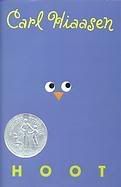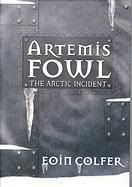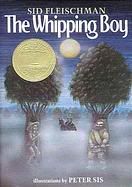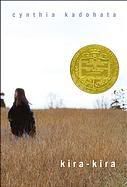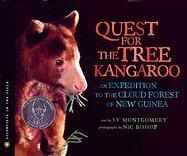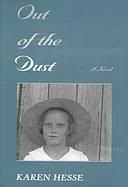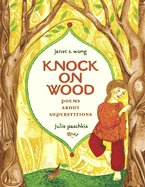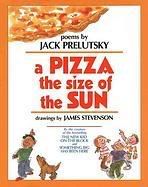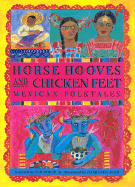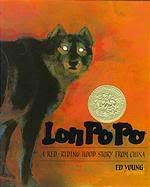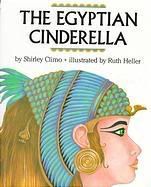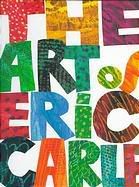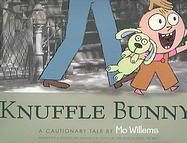McCaughrean, Geraldine. 2005. THE WHITE DARKNESS. New York: HarperCollins Children’s Books. ISBN 0-06-089036-3

(2) Plot Summary
Fourteen-year-old Symone Wates is a social outcast. Her two loves in life are Antarctica and Captain Titus Oates, her historical crush whose ghost she converses with. Her Uncle, Victor, takes her on a trip to Antarctica on the pretense of going to Paris. The vacation takes an ugly turn when the other passengers become ill and the rescues plane blows up. Uncle Victor reveals his true intention is to locate Symm’s Hole which he believes serves as gateway to an underground civilization. With Titus’s help will Symone escape both her deranged Uncle and the merciless Antarctic?
(3) Critical Analysis
Symone’s character will appeal to teenagers especially girls who have felt awkward about themselves. “Sym Wates is a sad loser,” according to the cruel writing on the school blackboard. She also has a hearing impairment and needs to wear hearing aids. At the end of her harrowing journey and subsequent struggle for survival, Sym realizes that she is stronger than she gave herself credit for. The plot is a bit unrealistic but not improbable. Set in Antarctica, McCaughrean has the arduous task of describing the landscape and conditions. Both the narrative and the dialogue are equally balanced. Filled with unexpected twists and turns, The White Darkness is a must read.
(4) Review Excerpt(s)
Voice of Youth Advocates: “Reading this book is like no other reading experience for this reviewer. The combination of the surreal setting of the Antarctic wilderness, the main character's imaginary friend Oates, and the completely deranged uncle who brings these two things together makes for a text that crosses back and forth between fantasy and reality in a nightmarish way.”
School Library Journal: “…McCaughrean weaves a tale of obsession and personal growth against the backdrop of nature's unrelenting power.”
(5) Connections
* Assign the class to read other books by the same author:
McCaughrean, Geraldine. Not The End Of The World. ISBN 0060760328
McCaughrean, Geraldine. Smile! ISBN 0192719610
McCaughrean, Geraldine. Stop The Train! ISBN 0606333306
* Have students conduct an on-line search on Lawrence “Titus” Oates and share what they discovered with the class.
* Assign the class to do a report on Antarctica (any aspect, any time-period).
